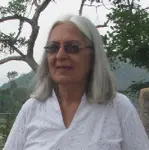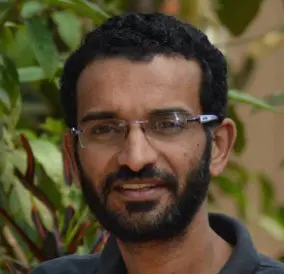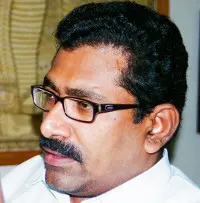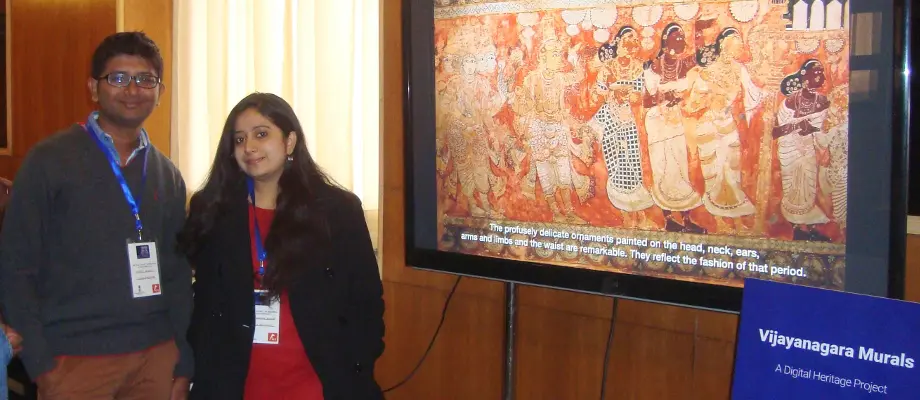The Centre for Cultural Heritage and Tourism Studies (CHATS) was founded in 2008. The centre aims to foster cultural democracy for all and help sustain indigenous heritage arts and crafts, folklore, healing practices and other aspects of tangible and intangible heritage of South India. It supports the rights of indigenous communities and other culture bearers to sustain and benefit from their arts and other living heritage expressions and practices. It seeks to foster democratic policies and practices of cultural heritage conservation and tourism and ensure that local communities remain key decision makers in conservation and tourism development.
The aim of the interdisciplinary Heritage Arts Initiative (HAI) at CHATS is to research and enable communities to preserve their living heritage. HAI encourages fair and equitable access to art and culture for all through its Heritage and Youth (HAY) outreach programme’s culturally sensitive and creative workshops for youth, innovative and inclusive heritage arts exhibitions, heritage artist award, and the FILMSaT programme’s lecture demos, seminars and film screenings.
Highlights
- IIACD at the National Museum
- IIACD contributions to the book "Digital Hampi: Preserving Indian Cultural Heritage"
- Gavipuram Pilot Study
- Interactive Hampi ceiling paintings (version 2)
- Lepakshi natyamandapa ceiling paintings
- "Virupanna's Lament" (a documentation of Lepakshi's intangible heritage)

- IIACD exhibits at Digital Hampi Workshop and Exhibition at India Habitat Centre, New Delhi:
- Technology helps conservators document, restore and maintain history
- Comparison of Tamil Shaiva Visual Narratives in Lepakshi with Community Theatre Traditions of Thanjavur and Thiruvarur
People

Prof Nalini K Rao

Prof Uma Chandru

Prof Vijay Chandru

Sumesh Mangalasseri

Gandhi Balasubramaniam

Ashok Krishnawamy

Vijeth

Deeksha

Vinay
Projects
IDH Knowledge Bank
IIACD has been entrusted by the Department of Science and Technology (DST), Government of India to design and build the technology platform to archive and organise the Digital Hampi Knowledge Bank (2013-2016) in collaboration with the National Institute of Advanced Studies. A large volume of 2D and 3D content with still and moving images, digital tools (algorithms and heuristics), demos have been generated and presented at workshops and conferences over the past 5 years by multidisciplinary teams from over twenty institutions around the country. The aim of the Knowledge Bank (KB) project co-conceptualized by Prof. Settar (NIAS) and Prof. Vijay Chandru (IIACD) is to “bank” and make accessible to scholars and wider public the assets created under DST’s Indian Digital Heritage (IDH) initiative by these institutions.
IDH Vijayanagara Murals ProjectThe cross disciplinary Indian Digital Heritage (IDH) Vijayanagara Murals Project (2011-2015) led by principal investigators Professors Vijay Chandru and Nalini K. Rao at the Centre for Cultural Heritage and Tourism Studies (CHATS) of the International Institute for Art, Culture and Democracy (IIACD) has been supported by the Department of Science and Technology, Government of India.
This project was conceptualized in 2009 and launched at IIACD in February 2011 under the Heritage Arts Initiative (HAI) of CHATS. Art and cultural scholars at IIACD have been collaborating with technologists, tourism and conservation experts, artists, photographers and designers in the research, documentation and digital archival of the tangible and intangible heritage of Vijayanagara and post Vijayanagara mural paintings in South India.
Art and cultural scholars at the International Institute for Art, Culture and Democracy (IIACD) collaborated with technologists, tourism and conservation experts, artists, photographers and designers in this interdisciplinary Indian Digital Heritage (IDH) project to research, digitally capture, analyse, annotate and archive the tangible and intangible heritage of Vijayanagara and post-Vijayanagara ceiling paintings and wall murals in Hampi and Lepakshi. High resolution images of Lepakshi Veerabhadra temple Natyamantapa paintings from the Vijayanagara period captured with Canon Mark II D cameras were stitched with PTGUI software, texture mapped, edited and color corrected with Photoshop by IIACD's expert mural photographer and filmmaker. IIACD's art and cultural scholars analysed and compared the Lepakshi narrative ceiling paintings and wall murals with the ceiling and beam paintings in the Rangamantapa of the Virupaksha temple in Hampi and also with other Vijayanagara and post Vijayanagara paintings in Karnataka, Andhra and Tamil Nadu. Scholarly annotations and narratives of the Hampi and Lepakshi narrative paintings were prepared by IIACD's art and folklore researchers with expertise in traditional South Indian visual and performing arts of Vijayanagara period and post-Vijayanagara.
Publications
- IIACD's research on murals and collaborative work on the Girija Kalyana narratives demo with IIT Delhi resulted in the following publication: Archiving Mural Paintings using an Ontology based Approach, Anupama Mallik, Santanu Chaudhury, Shipra Madan, T B Dinesh, Uma V Chandru, in 11th Asian Conference on Computer Vision (ACCV - 2012), Springer Verlag)
- Conceptual notes based on the collaboration of technologists at IIT Delhi with cultural scholars and technologists at IIACD and a folklorist at Kannada University in Hampi in the thematic exploration approach of Girija Kalyana narratives have been published: An Intellectual Journey in History: Preserving Indian Cultural Heritage, Anupama Mallik, Santanu Chaudhury, T.B Dinesh, and Chaluvaraju, Proceedings ICIAP 2013)
- A book on Hampi murals by art and cultural scholars at the Centre for Cultural Heritage and Tourism Studies at IIACD is in progress and expected to be completed in May 2015


